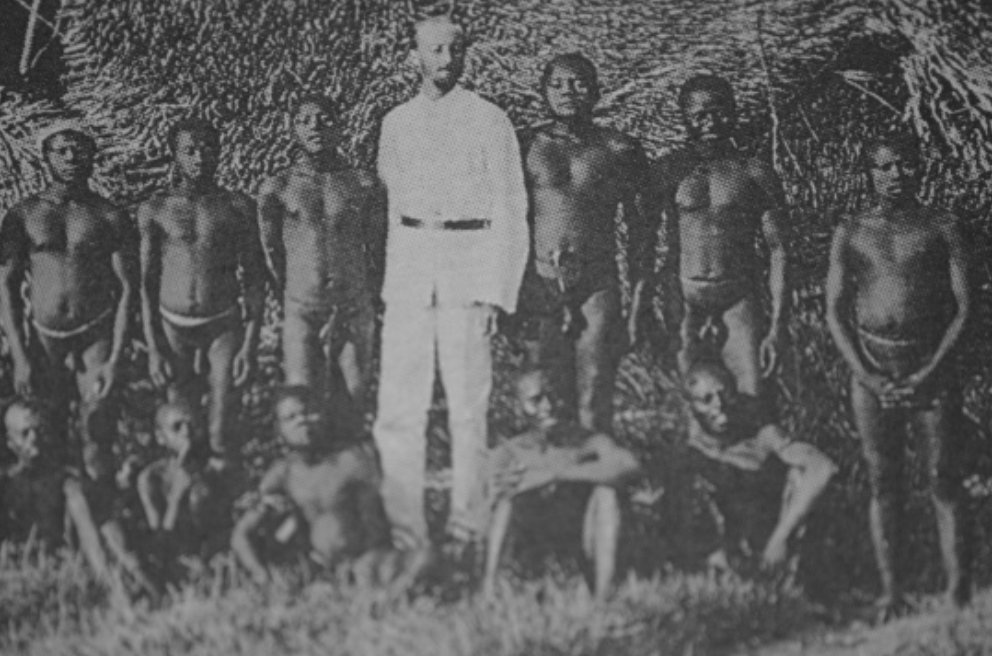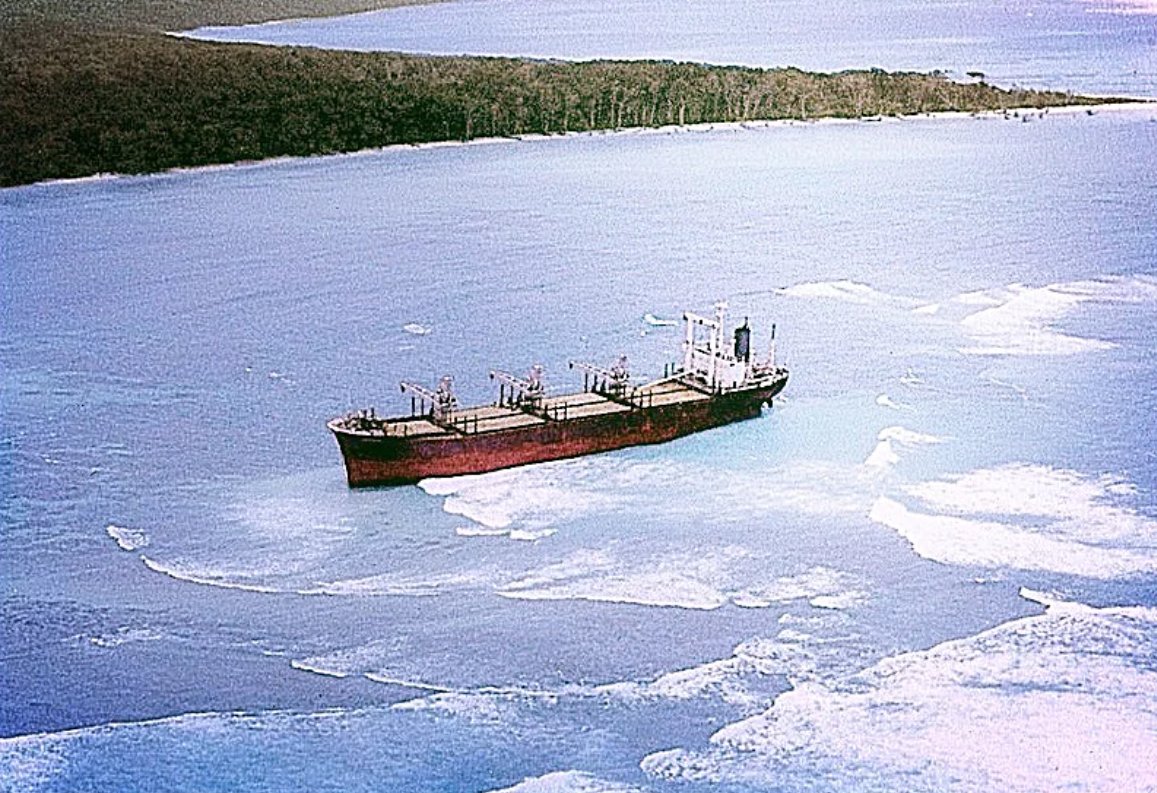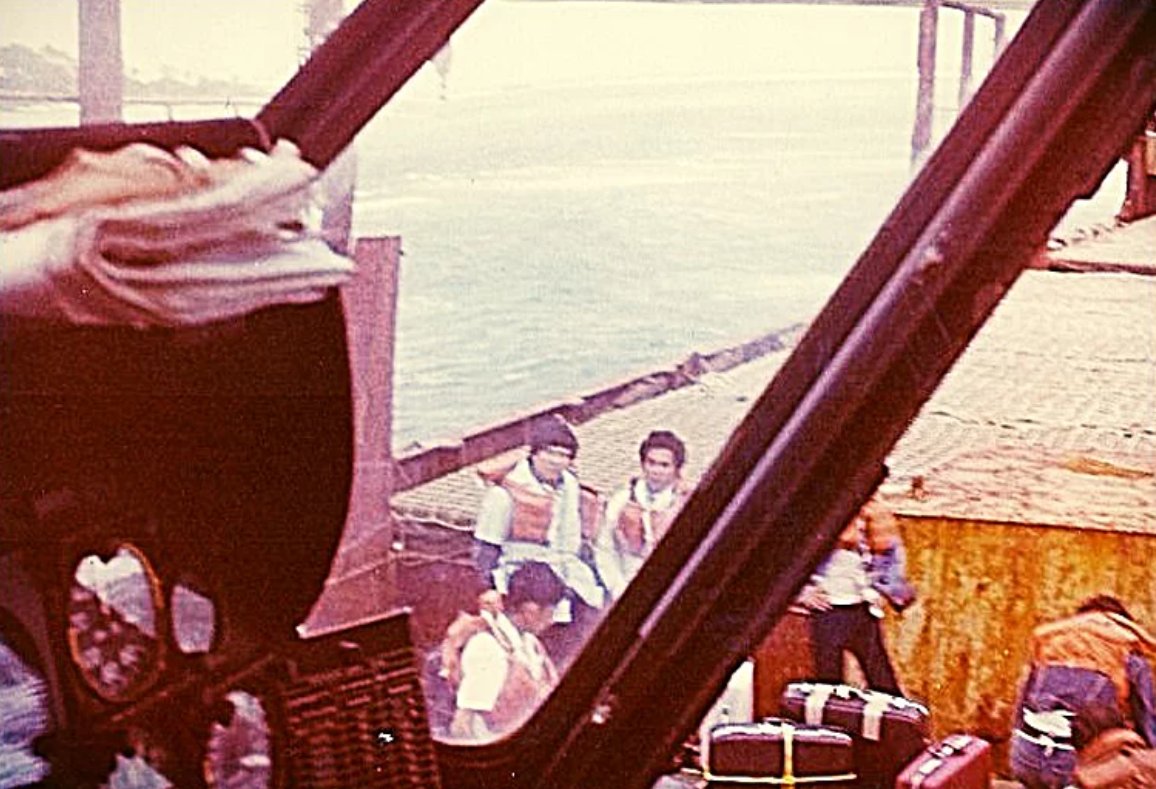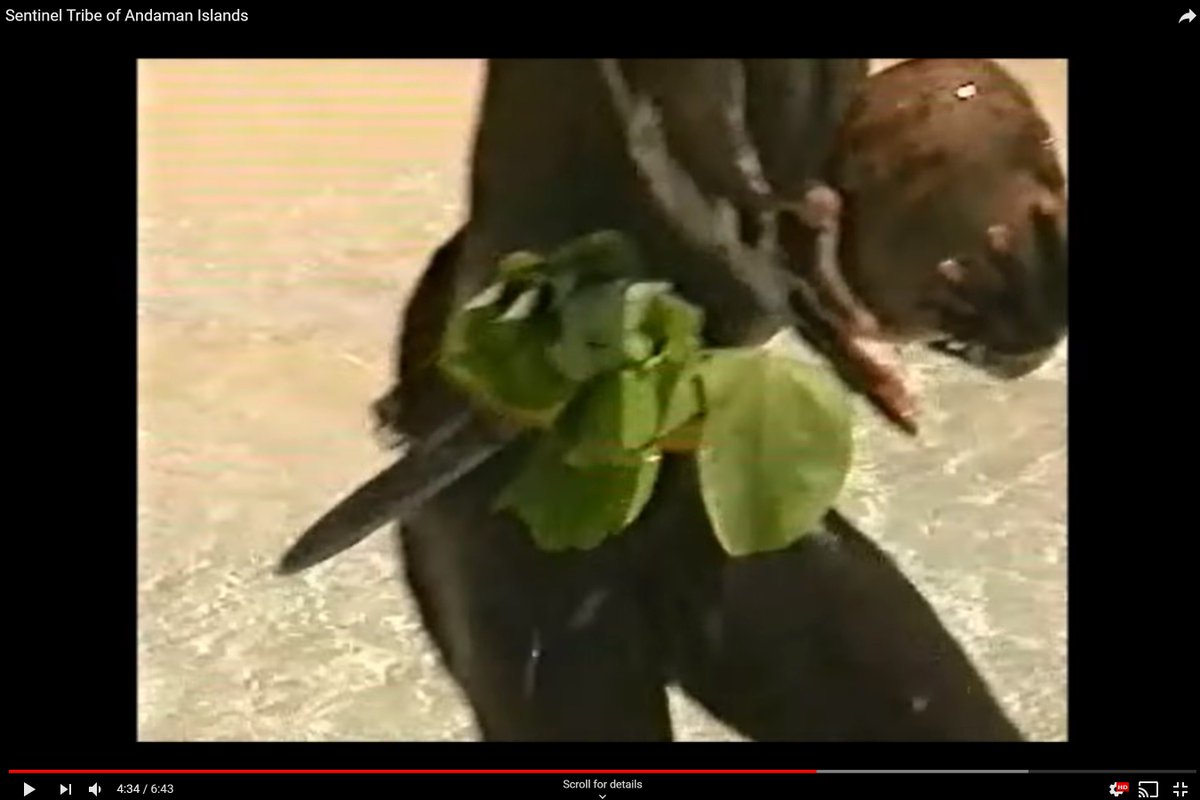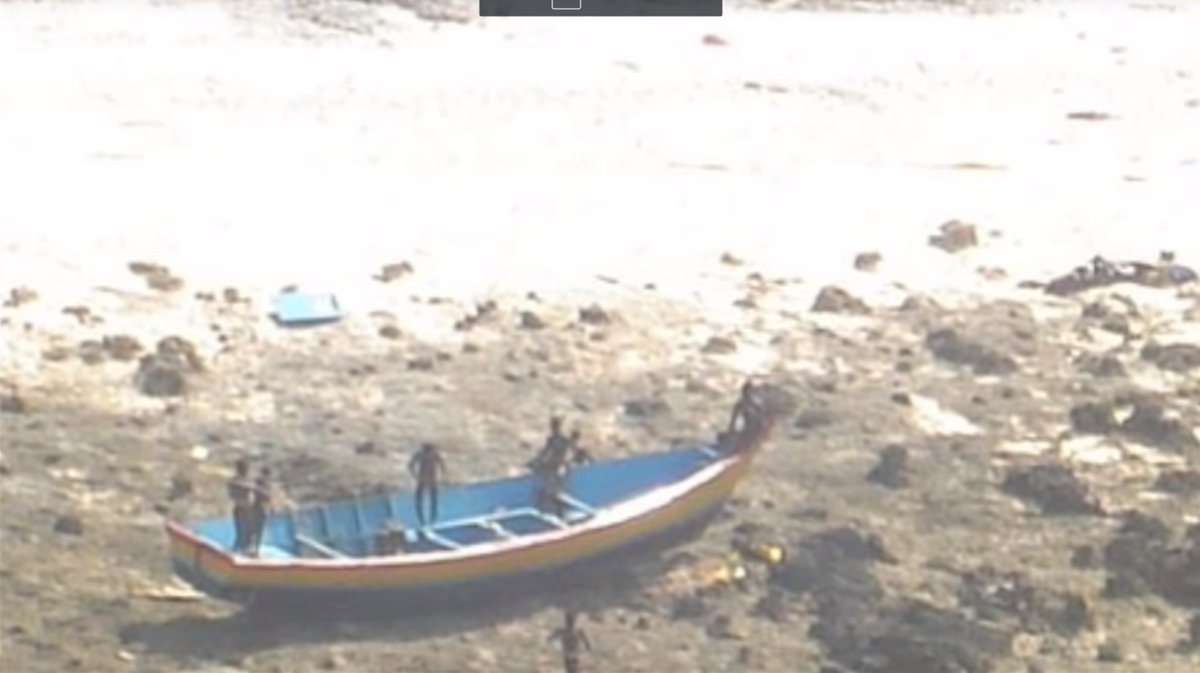CSS before JS #
My general rule of thumb is…
If something I want to do with JavaScript can be done with CSS instead, use CSS.
CSS parses and renders faster.
For things like animations, it more easily hooks into the browser’s refresh rate cycle to provide silky smooth animations (this can be done in JS, too, but CSS just makes it so damn easy).
And it fails gracefully.
A JavaScript error can bring all of the JS on a page to screeching halt. Mistype a CSS property or miss a semicolon? The browser just skips the property and moves on. Use an unsupported feature? Same thing.
…
This exactly! If you want progressive enhancement (and you should), performance, and the cleanest separation of behaviour and presentation, the pages you deliver to your users (regardless of what technology you use on your server) should consist of:
- HTML, written in such a way that that they’re complete and comprehensible alone – from an information science perspective, your pages shouldn’t “need” any more than this (although it’s okay if they’re pretty ugly without any more)
- CSS, adding design, theme, look-and-feel to your web page
- Javascript, using progressive enhancement to add functionality in-the-browser (e.g. validation on the client-side in addition to the server side validation, for speed and ease of user experience) and, where absolutely necessary, to add functionality not possible any other way (e.g. if you’re looking to tap into the geolocation API, you’re going to need Javascript… but it’s still desirable to provide as much of the experience as possible without)
Developers failing to follow this principle is making the Web more fragile and harder to archive. It’s not hard to do things “right”: we just need to make sure that developers learn what “right” is and why it’s important.
Incidentally, I just some enhancements to the header of this site, including some CSS animations on the logo and menu (none of them necessary, but all useful) and some Javascript to help ensure that users of touch-capable devices have an easier time. Note that neither Javascript nor CSS are required to use this site; they just add value… just the way the Web ought to be (where possible).

